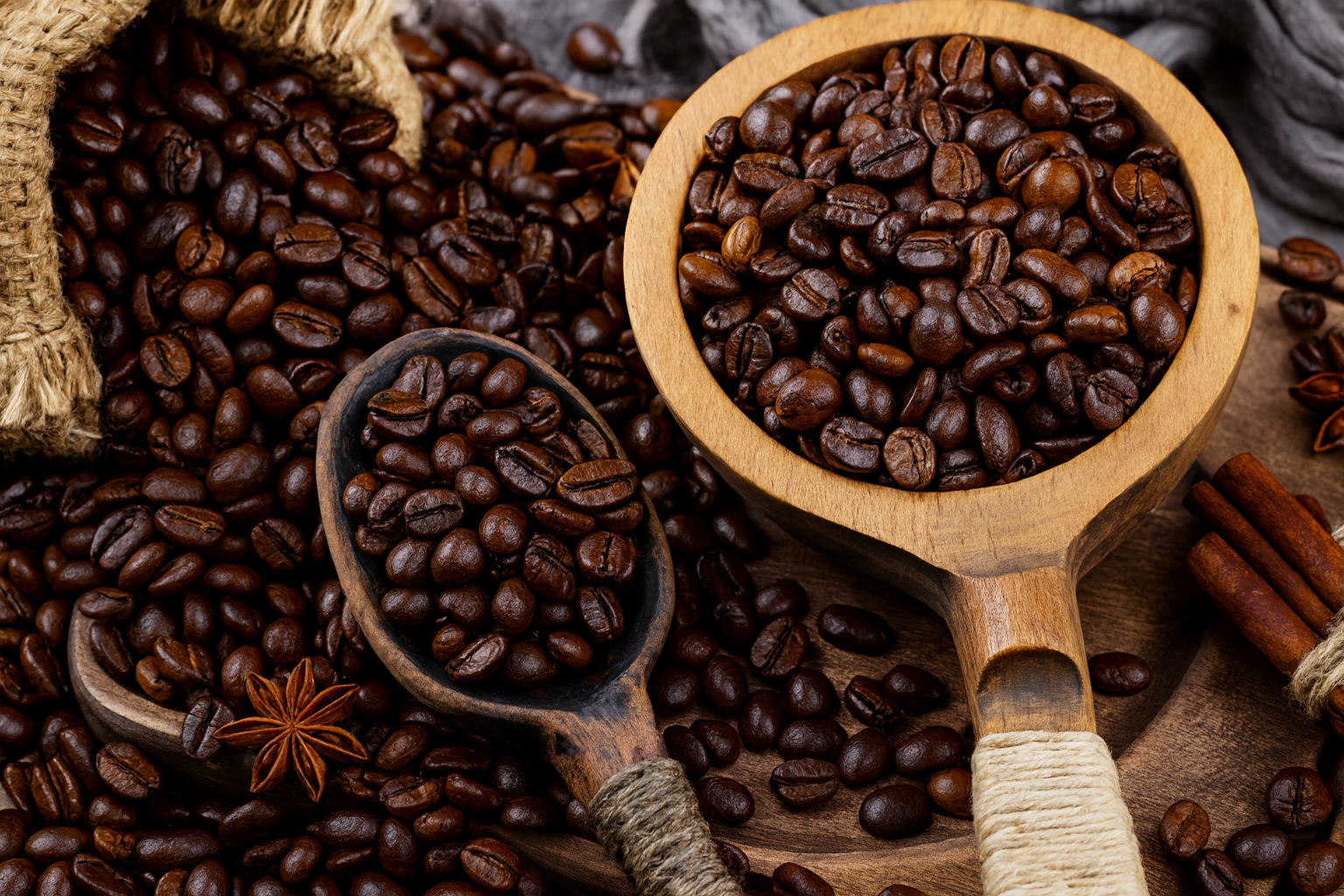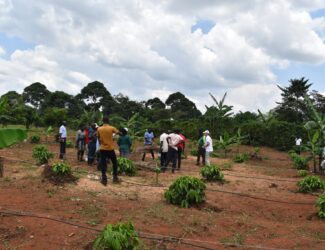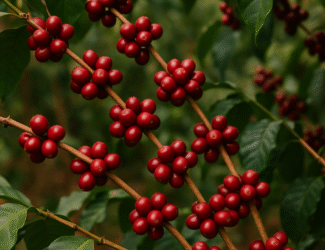
Global Coffee Prices Decline Sharply Amid Easing Supply Concerns
August 2, 2025 – Qahwa World – Coffee futures fell significantly on Friday, driven by reduced concerns over supply disruptions and promising harvest updates from major producing countries.
September arabica coffee (KCU25) dropped by 3.92% (-11.60 points), settling at a three-week low, while September robusta coffee (RMU25) declined by 2.09% (-71 points). The bearish trend was fueled by speculation that former U.S. President Donald Trump might exempt Brazilian coffee from potential import tariffs. Brazil’s Cecafe and the U.S.-based National Coffee Association have reportedly entered discussions with U.S. trade authorities to secure exemptions for coffee exports. U.S. Commerce Secretary Lutnick hinted earlier this week that products not manufactured domestically may be excluded from new tariff measures.
Brazil’s ongoing coffee harvest has been a key factor in the market downturn. Cooxupe, Brazil’s largest coffee cooperative and export group, reported that 67% of its harvest was completed as of July 25. Separately, Safras & Mercado estimated the national 2025/26 harvest at 84% completion by July 23—well ahead of the five-year average of 77%. The robusta harvest was 96% complete, while arabica stood at 76%.
Recent rainfall in Brazil has eased drought concerns. Somar Meteorologia reported that Minas Gerais—Brazil’s primary arabica-growing region—received 3.5 mm of rainfall during the week ending July 26, more than 200% above the seasonal average.
Coffee prices have been trending downward over the last three months due to expectations of ample supply. On June 25, the USDA’s Foreign Agricultural Service (FAS) projected a 0.5% year-on-year increase in Brazil’s 2025/26 coffee output to 65 million bags. Vietnam, the world’s top robusta producer, is expected to see a 6.9% increase to 31 million bags, the highest in four years.
Globally, the USDA forecasts that total coffee production in 2025/26 will rise by 2.5% to a record 178.68 million bags. Robusta production is set to grow by 7.9% to 81.66 million bags, while arabica output is expected to fall by 1.7% to 97.02 million bags. Ending stocks are projected to increase by 4.9% to 22.82 million bags.
Vietnam’s 2023/24 coffee production declined by 20% year-on-year due to drought, the smallest crop in four years. Total exports also dropped by 17.1% to 1.35 million metric tons. However, the Vietnam National Statistics Office reported a 4.1% year-on-year increase in coffee exports during the first half of 2025, totaling 943,000 metric tons.
While updated forecasts eliminated rainfall from the near-term outlook for Vietnam’s coffee regions, providing some support for robusta prices, ICE Europe data shows speculative funds increased their short positions in robusta futures to 5,854 contracts by July 29—the largest short position in two years—raising the potential for a short-covering rally.
ICE-monitored arabica inventories fell to a 5.5-month low of 761,453 bags on Friday, a factor supportive of arabica prices. On the other hand, ICE robusta inventories rose to a 12-month high of 7,029 lots, adding further pressure to robusta markets.
Brazil’s June green coffee exports declined 31% year-on-year to 2.3 million bags. Arabica exports fell 27% to 1.8 million bags, and robusta exports dropped 42% to 476,334 bags, according to Cecafe. These figures signal potential tightening ahead, despite the current downward trend.
Despite the USDA’s forecast for record global production, consultancy Volcafe projects an arabica coffee deficit of 8.5 million bags for the 2025/26 season—up from 5.5 million the previous year—marking the fifth consecutive year of arabica supply shortfalls.
While speculative activity and favorable weather in Brazil are pressuring prices, concerns over Vietnam’s weather and long-term arabica deficits may temper the bearish momentum in the weeks ahead.



